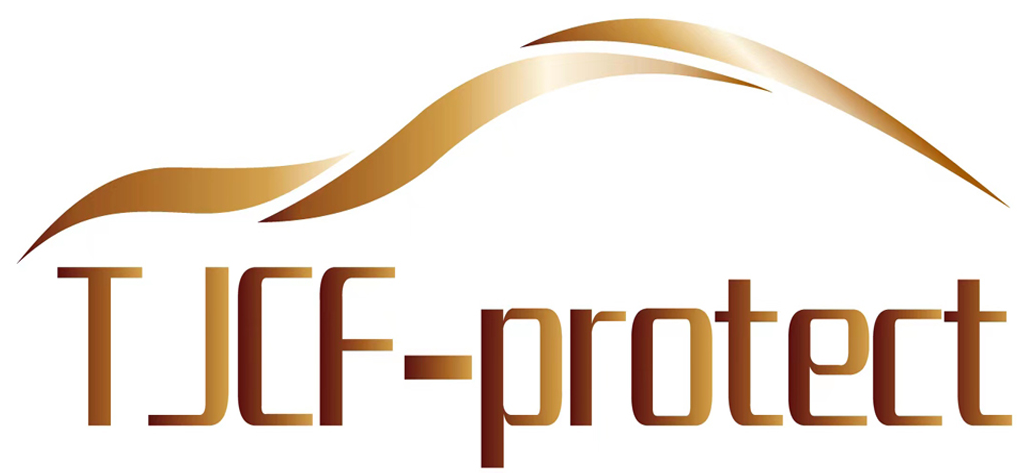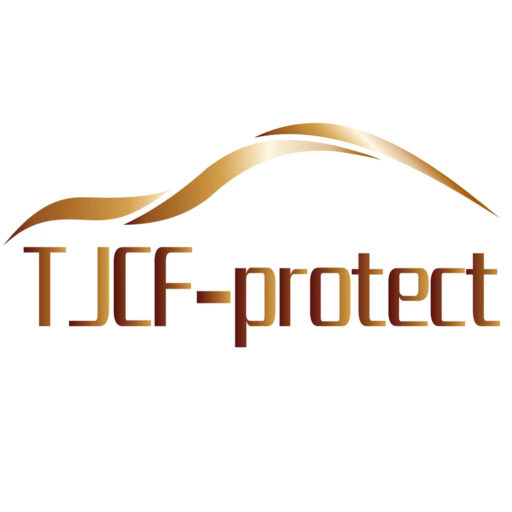Upgrading wheels can make your car stand out, but buying the wrong set risks safety and wasted money. Many owners overlook crucial details before ordering.
Aftermarket wheels are safe if offset, center bore, lug type, lug length, and backspacing are checked. Ignoring these factors can cause rubbing, vibration, or even bolt failure.
Wheels affect both style and structure. Let’s review the main mistakes and key checks every buyer must understand before trusting aftermarket rims.
What to avoid when buying rims?
Not all wheels suit every car. Many buyers focus only on looks and forget the technical fitment rules.
Avoid mismatched bolt patterns, wrong offsets, poor-quality materials, and improper lug nuts. These mistakes compromise performance and create safety risks.
Dive deeper: Common mistakes
- Wrong offset: Causes rubbing or protrusion.
- Oversized wheels: Strain suspension, slow acceleration.
- Cheap materials: Prone to cracks under stress.
- Incorrect lug type: Ball vs. conical seats must match.
| Mistake | Consequence |
|---|---|
| Wrong offset | Tire rubs fenders or suspension |
| Bolt mismatch | Wheels cannot mount safely |
| Short lugs | Risk of loosening |
| Low-quality finish | Rust, fast wear |
In my factory consultations, I always tell buyers: aesthetics mean nothing if the wheels don’t fit securely.
What to know when finding aftermarket rims?
Buying aftermarket wheels isn’t just about style. It’s about matching the engineering of your car.
Check offset, bolt pattern, hub bore, lug type, and backspacing. Confirm diameter and width match your tire size and brake clearance.
Dive deeper: The five fitment checks
- Offset/backspacing: Controls wheel position and clearance.
- Center bore: Must fit hub, or use hub rings.
- Lug nut type: Conical vs. ball seats must match.
- Lug length: Longer bolts may be required with spacers.
- Bolt pattern: Measured as number of lugs × diameter.
| Factor | Example | Note |
|---|---|---|
| Bolt pattern | 5×114.3 | Match vehicle hub |
| Center bore | 66.6 mm | Use rings if larger |
| Lug type | Conical | Must match OEM |
| Width | 8.5 in | Must suit tire width |
From experience, the most overlooked factor is hub bore. Even with correct PCD, loose fitment causes vibration at high speed.
What are the disadvantages of aftermarket rims?
Aftermarket wheels bring style and performance, but they are not perfect.
Main disadvantages are higher cost, potential for wrong fitment, reduced comfort with oversized rims, and durability issues with cheap alloys.
Dive deeper: Comparing alloy and steel
- Aluminum alloys: Lightweight, stylish, better braking, but expensive and crack under impact.
- Steel wheels: Heavy, less stylish, but cheap and repairable.
| Factor | Alloy Wheels | Steel Wheels |
|---|---|---|
| Weight | Light | Heavy |
| Strength | Crack under impact | Bend but repairable |
| Cost | Expensive | Affordable |
| Style | Modern, stylish | Basic, plain |
Wheel finishes also matter:
- Powder coat: Durable, hard to repair.
- Paint: Cheap, easy to repair, less durable.
- Polished: Shiny, hides scratches.
- Chrome: Premium but costly and unfashionable.
I always remind buyers: aftermarket rims are upgrades, not replacements for OEM engineering. Be clear whether you’re buying for looks, performance, or both.
How do I inspect used wheels before buying?
Second-hand wheels may save money but also carry hidden risks.
Inspect used wheels for cracks, bends, corrosion, and correct fitment specs. Check bolt pattern, offset, and hub bore before purchase.
Dive deeper: Inspection checklist
- Check for cracks: Look around spokes and hub area.
- Inspect bends: Roll wheel on flat surface for wobble.
- Measure specs: Confirm PCD, offset, and width.
- Check finish: Corrosion or peeling weakens rims.
- Confirm lug compatibility: Ensure nut type matches.
| Item | How to Check |
|---|---|
| Offset | Stamped ET marking |
| Bolt pattern | Measure lug circle diameter |
| Hub bore | Measure center hole |
| Structural cracks | Visual check + tap test |
I often advise buyers to avoid used chrome rims, as hidden corrosion weakens structure. A professional inspection is worth the cost.
Conclusion
Aftermarket wheels are safe when chosen with care. Always confirm offset, bolt pattern, hub bore, lug type, and finish before buying to balance looks, safety, and performance.







